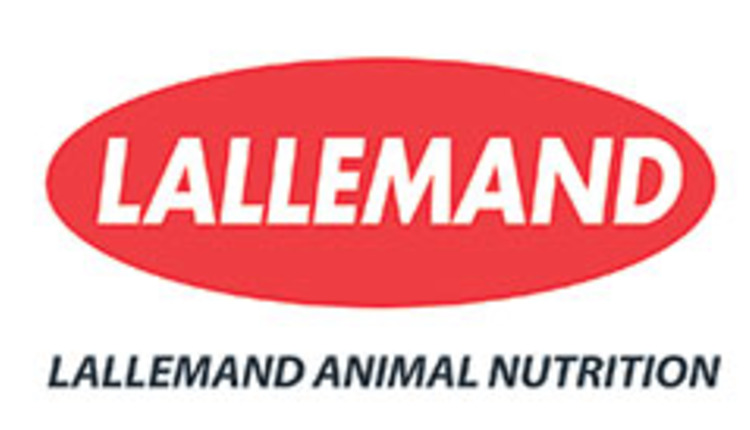How to Save Leftover Silage Inoculant |
|
|
Tips for keeping excess silage inoculant alive and effective until next year’s harvestThis item has been supplied by a forage marketer and has not been edited, verified or endorsed by Hay & Forage Grower. Now that this year’s silage crop has been harvested and stored, producers with leftover inoculant can safely store excess if they keep in mind a few simple guidelines, says Renato Schmidt, Ph.D., Forage Products Specialist, Lallemand Animal Nutrition. First, always keep the product refrigerated or frozen until use. Keeping the inoculant cool helps maintain the viability of the living organisms within the package, Dr. Schmidt says. “Inoculants are living organisms,” he says. “It’s important to treat these products carefully to keep them alive and stable until next year. That’s why you should always read and follow label directions for the product purchased. Most products will indicate a specific temperature for storage.” Next, Dr. Schmidt advises producers to only keep whole, sealed packs. Partially used packs cannot be resealed since air and moisture inevitably make contact with the product. However,you can store unopened packs in the refrigerator or freezer for use in the following harvest season if the product shelf life allows. Finally, carefully examine the product shelf life recommended on the label. High-quality products will often recommend a shelf life of 18 months or more. After that time, the viability of the living organisms can begin to erode. “Nearly all storage and handling guidelines found on inoculant product labels are based on two principles: Keep the inoculant dry and cool in the original, sealed packaging,” Dr. Schmidt recommends. “Maintaining the viability of these important bacteria helps ensure the value of your inoculant investment and successful ensiling. In the long run, it will lead to high-quality feedstuffs with good feedout stability for your operation.” |
